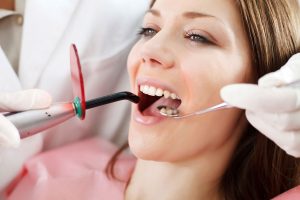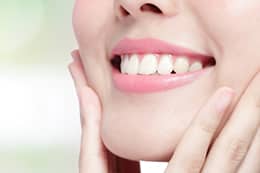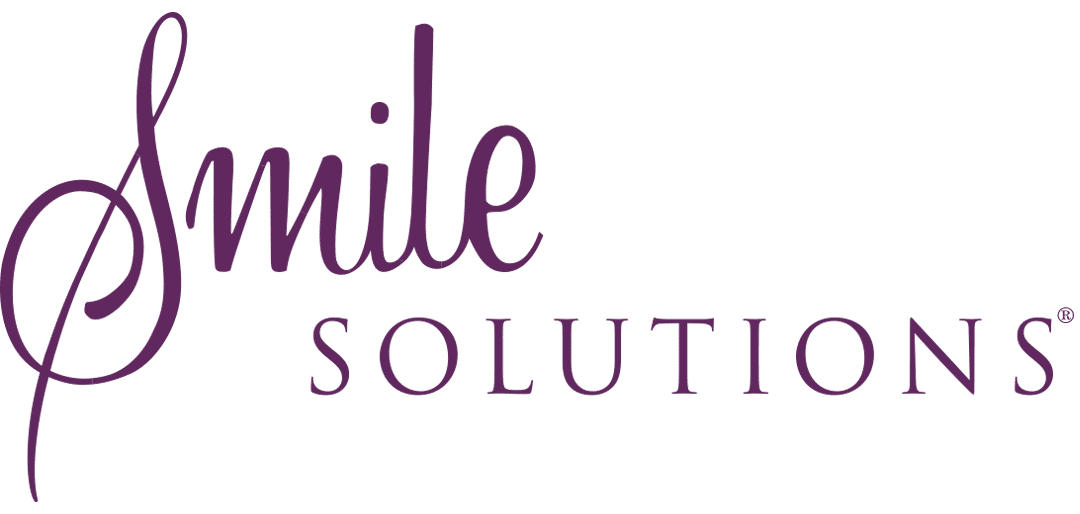The word laser is an acronym for “light amplification by stimulated emission of radiation”. I was first introduced to laser dentistry in 2004. As an experienced practitioner, I was looking for new tools to improve my treatment outcomes.
I went to numerous conferences and saw laser being used for something as simple as making an ulcer less uncomfortable right through to tooth preparation for crowns and even endodontic treatment.
As a specialist periodontist, I have focused on the use of laser in a surgical setting. Traditionally surgery has two main roles in the field of periodontics: firstly, treating complex periodontal disease; and secondly, improving the contour and shape of the gingival tissues in the smile line or as an aid to placing a new crown.

I have found that the use of dental laser for these kinds of aesthetic surgery has produced a better end result and also seems to enable quicker and less painful healing. Most patients will have limited or no post-operative pain the day after their procedure. The laser is used without contacting the tissues directly, so tends to have a better flow to the smile line, often making it look more natural.
The use of laser dentistry within the scope of traditional periodontal surgery often allows three advantages: good access to the root surface, tissue remodelling that is less uncomfortable than traditionally, and an antibacterial effect. These, combined, lead to a better post-surgical outcome. I always utilise the laser in conjunction with traditional therapies as this optimises both treatment modalities.
Another use of dental laser that I have focused on is the extraction of fractured teeth. If placement of an implant is proposed after the loss of a tooth it is imperative to minimise the loss of bone. Sectioning the roots with laser enables very accurate cuts that cause minimal trauma to the surrounding tissues and hence preserve vital bone.
Frenectomy procedures (to remove or loosen a band of muscle tissue connected to the lip, cheek or floor of the mouth) have traditionally been completed with a scalpel. This leads to suturing, pain and bleeding, with a prolonged healing time. With the use of dental laser, by contrast, it is a very quick procedure, with limited or no bleeding. There is sometimes the feeling of an ulcer in the area for a week post operatively but this is far less uncomfortable than traditional surgical procedure.

I also utilise the laser in implant surgery. I find that it marks my starting point far better than any drill and it smooths the ridges cleanly and swiftly. If there is peri-implant infection it is useful in the process of cleaning the implant surface, as it is very good at eliminating bacteria.
However, I have not utilised laser dentistry for the treatment of periodontal disease using a LANAP procedure. There is no good scientific evidence for this over the traditional process, which I have found very successful. Therefore I cannot see an advantage for my patients as it would just increase the cost.

